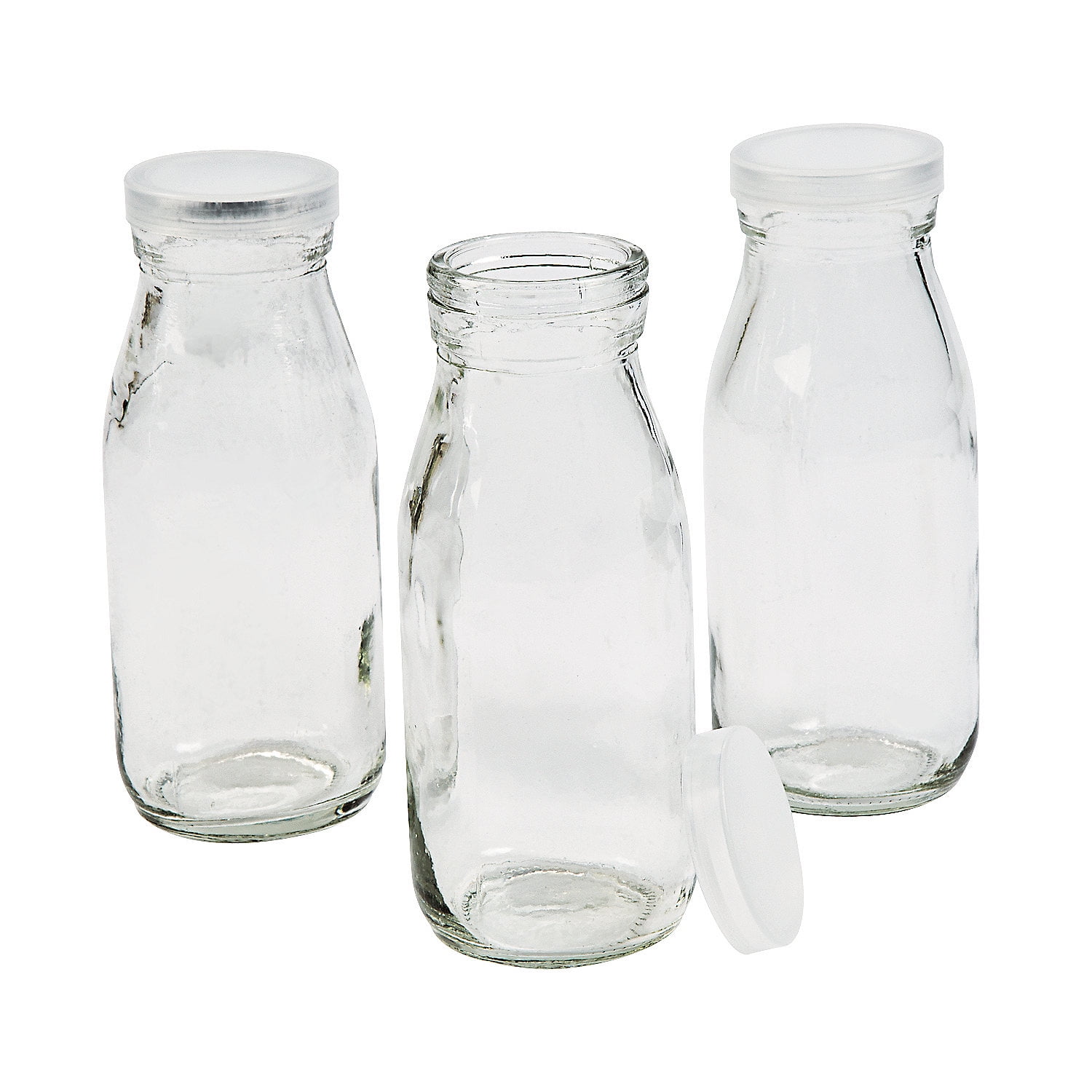Milk Bottle: The Ultimate Guide to Choosing, Cleaning & Storing
When it comes to milk, convenience and practicality often take precedence over traditional glass bottles. However, using a milk bottle is a simple and effective way to store milk, dairy products, and other household essentials. From choosing the right bottle to storing it safely, this comprehensive guide will walk you through everything you need to know to make the most of your milk bottle.
Selecting the Right Milk Bottle
Choosing the right milk bottle is crucial for optimal storage and usage. Consider the following factors to make an informed decision:
- Material: Glass or plastic?
- Size: How much milk will you be storing?
- Shape: Will you be using it for cold or hot beverages?
- Capacity: How many pints or liters will it hold?
- Labeling: Will you need a label or sticker?
Glass milk bottles are a popular choice due to their durability and non-toxic properties. However, they can be more expensive than plastic alternatives. Plastic bottles are lightweight and affordable but may not be as environmentally friendly.
Top Tips for Choosing a Milk Bottle
- Consider the size and shape of the bottle based on your storage space and personal preferences.
- Opt for a bottle with a tight-fitting lid to prevent spills and leakage.
- Look for a bottle with a comfortable handle or grip for easy carrying.
- Choose a bottle that is BPA-free and recyclable for a more sustainable option.
Cleaning the Milk Bottle
Proper cleaning and maintenance are essential for maintaining the quality and hygiene of your milk bottle. Follow these steps to keep your bottle clean and sanitized:
- Wash the bottle with soap and warm water after each use.
- Rinse thoroughly to remove any remaining soap residue.
- Dry the bottle with a soft cloth to prevent water spots.
- Sanitize the bottle with vinegar or a bleach solution to eliminate bacteria and germs.
Tips for Cleaning the Milk Bottle
- Always wash the bottle in the same direction as the handle to avoid scratching the surface.
- Use a gentle soap or detergent to prevent damage to the bottle's finish.
- Avoid using abrasive materials or scrubbers that can scratch or damage the bottle.
- Regularly cleaning and sanitizing your bottle will help prevent the growth of bacteria and mold.
Storing the Milk Bottle
Proper storage is vital for maintaining the freshness and quality of your milk and dairy products. Follow these guidelines to store your milk bottle safely and effectively:
- Store the bottle in a cool, dry place away from direct sunlight.
- Keep the bottle away from strong-smelling foods or liquids that may transfer odors.
- Do not store the bottle in the refrigerator or freezer unless specifically designed for this purpose.
- Label the bottle with the date or contents to ensure freshness and proper handling.
Storage Options for Your Milk Bottle
- Store the bottle in a kitchen cabinet or pantry to keep it out of the way.
- Use a milk bottle rack or holder to keep the bottle organized and within reach.
- Store the bottle in a laundry basket or storage container to keep it clean and dry.
- Consider storing the bottle in a designated dairy or cheese storage area for optimal organization.
Tips and Tricks for Using a Milk Bottle
Using a milk bottle can enhance your convenience and practicality. Follow these tips to get the most out of your milk bottle:
- Use the bottle for storing dairy products like milk, cheese, and yogurt.
- Store the bottle in the refrigerator or freezer to keep contents fresh.
- Label the bottle with the contents and date to ensure proper handling.
- Consider using a milk bottle with a built-in strainer or filter for added convenience.
Creative Ways to Use a Milk Bottle
- Use the bottle as a vase for fresh flowers or branches.
- Store small kitchen items like spices, oils, or cleaning supplies.
- Use the bottle as a candle holder or soap dispenser.
- Store small toys or trinkets in the bottle for a fun and creative play area.
Common Mistakes to Avoid
When using a milk bottle, it's essential to avoid common mistakes that can compromise the quality and safety of your contents. Follow these guidelines to avoid potential issues:
- Avoid storing acidic or carbonated beverages in the bottle.
- Do not store the bottle in extreme temperatures or direct sunlight.
- Never use a milk bottle to store water or other liquids without proper labeling and handling.
- Regularly inspect the bottle for signs of wear, damage, or deterioration.
Safety Precautions for Milk Bottles
- Always handle the bottle with care to avoid breakage or injury.
- Keep the bottle away from children and pets to prevent accidents.
- Regularly check the bottle for signs of wear or damage.
- Do not use a milk bottle that is damaged, cracked, or shows signs of deterioration.
Conclusion
Using a milk bottle can be a convenient and practical way to store milk and dairy products. By following the guidelines outlined in this comprehensive guide, you can ensure that your milk bottle is clean, stored safely, and used effectively. Whether you're looking for a way to store household essentials or want to explore creative ways to reuse a milk bottle, this guide has everything you need to know to get started.
Sahara Rose Real Name
Hisashi Ouchi Real Hospital Po
Raiders Owner
Article Recommendations
- Uday Chopra
- Markavis Girlfriend
- Norissa Valdez
- Bhad Bhabie
- Ileo Roselliott Married
- Amariah Morales Fans
- Sophie Rainpiderman
- Dafne Keen
- Abby Berner
- Macron Height



